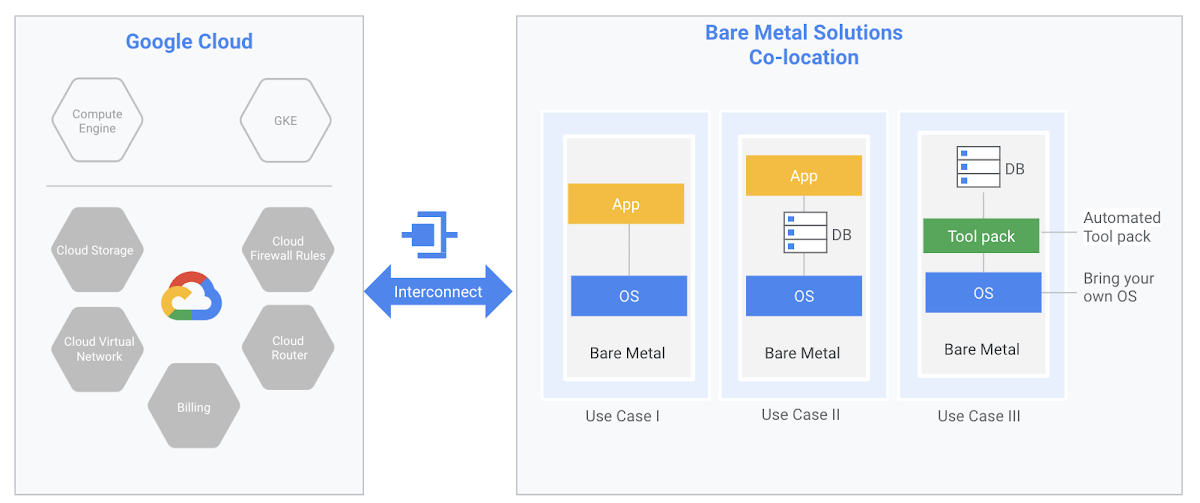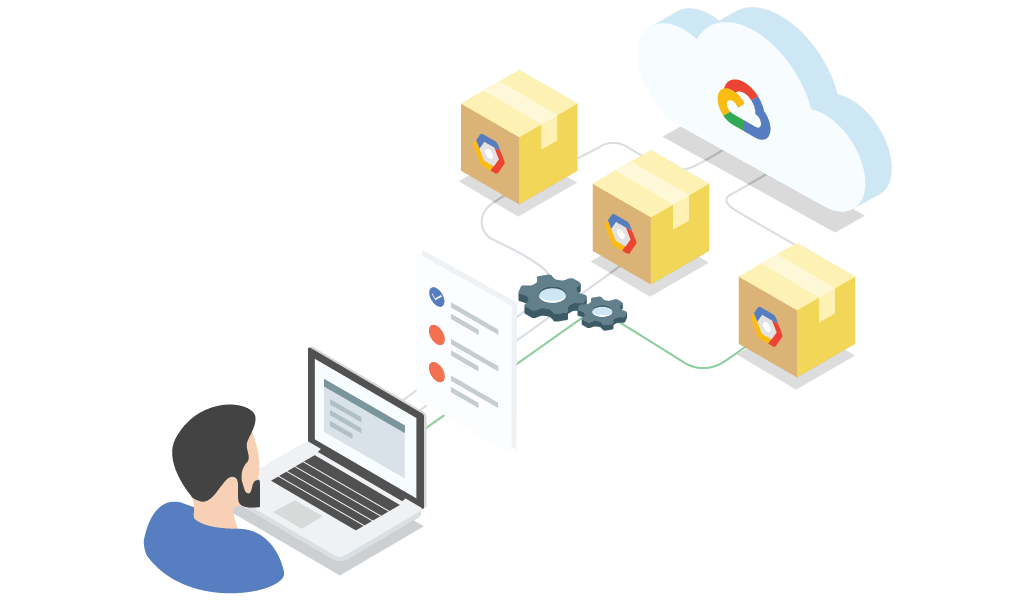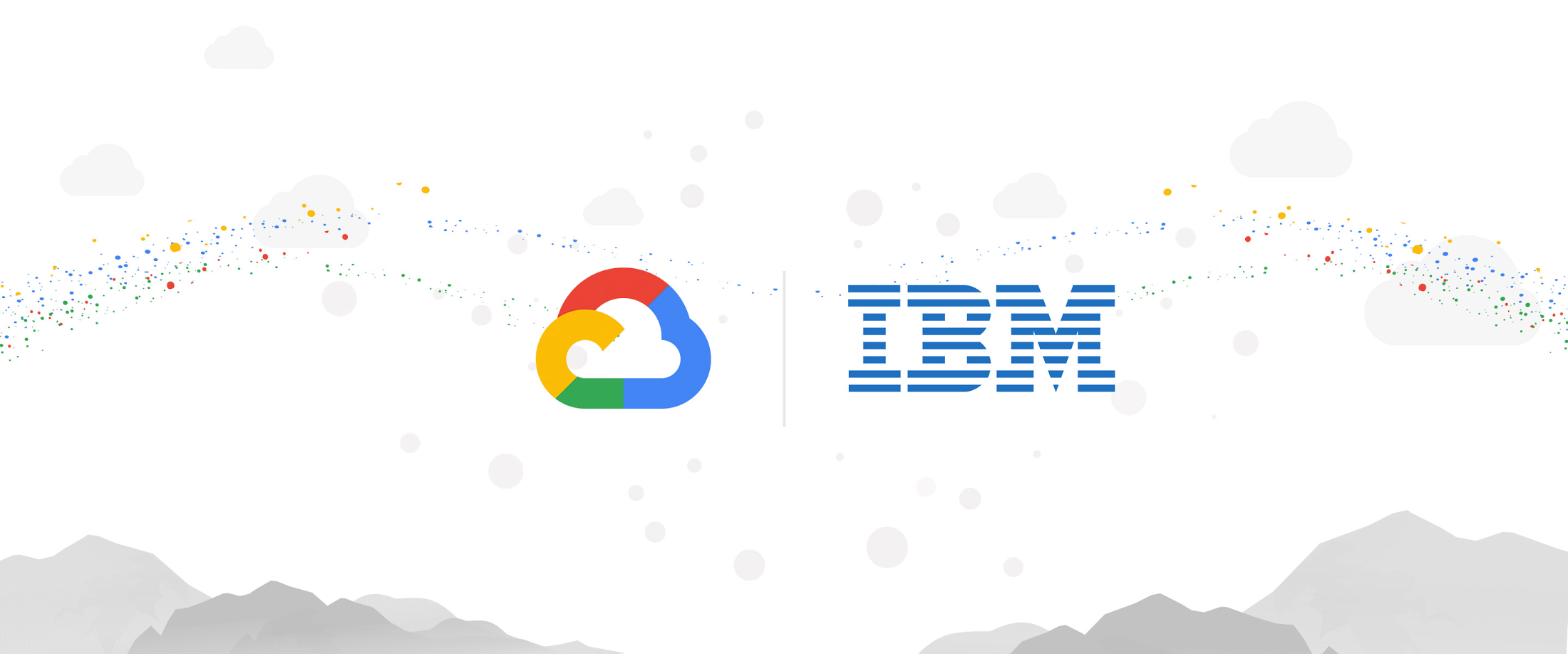Kin Lane is chief evangelist at
Postman, an API development platform with a user base of over 13 million software developers.
APIs, or application programming interfaces, make the digital world go round. Working behind the scenes to define the parameters by which software applications communicate with each other, APIs underpin every kind of app — social media, news and weather, financial, maps, video conferencing, you name it. They are critically important to virtually every enterprise organization and industry worldwide.
Given APIs’ ubiquity and importance, it’s understandable that all industry eyes were on the U.S. Supreme Court’s April 5 ruling in Google LLC v. Oracle America Inc., an 11-year-old case that addressed two core questions: Whether copyright protection extends to an API, and whether use of an API in the context of creating a new computer program constitutes fair use. Google lawyers had called it “the copyright case of the decade.”
I was one of 83 computer scientists — including five Turing Award winners and four National Medal of Technology honorees — who signed a Supreme Court amicus brief stating their opposition to the assertion that APIs are copyrightable, while also supporting Google’s right to fair use under the current legal definition.
To be clear: APIs should be free of copyright, no ifs, ands or buts.
We explained that the freedom to reimplement and extend existing APIs has been critical to technological innovation by ensuring competitors could challenge established players and advance the state of the art. “Excluding APIs from copyright protection has been essential to the development of modern computers and the internet,” the brief said.
The Supreme Court ruling was a mixed bag that many observers are still parsing. In a 6-2 decision, justices sided with Google and its argument that the company’s copying of 11,500 lines of code from Oracle’s Java in the Android operating system was fair use. Great! At the same time, though, the court appeared to be operating under the assumption that APIs are copyrightable.
“Given the rapidly changing technological, economic and business-related circumstances, we believe we should not answer more than is necessary to resolve the parties’ dispute,” Justice Stephen Breyer wrote for the majority. “We shall assume, but purely for argument’s sake, that [the code] “falls within the definition of that which can be copyrighted.”
While it may take years to fully understand the ruling’s impact, it’s important to keep dissecting the issue now, as APIs only continue to become more essential as the pipes behind every internet-connected device and application.
The legal saga began when Google used Java APIs in developing Android. Google wrote its own implementation of the Java APIs, but in order to allow developers to write their own programs for Android, Google’s implementation used the same names, organization and functionality as the Java APIs.
Oracle sued Google in U.S. District Court for the Northern District of California in August 2010, seven months after it closed its acquisition of Java creator Sun Microsystems, contending that Google had infringed Oracle’s copyright.
In May 2012, Judge William Alsup ruled that APIs are not subject to copyright because that would hamper innovation. Oracle appealed the ruling to the U.S. Court of Appeals, which reversed Judge Alsup in May 2014, finding that the Java APIs are copyrightable. However, he also sent the case back to the trial court to determine whether Google has a fair use defense.
A new District Court trial began in May 2016 on the fair use question. A jury found that Google’s implementation of the Java API was fair use. Oracle appealed, and the U.S. Court of Appeals in March 2018 again reversed the lower court. Google filed a petition with the Supreme Court in January 2019, receiving a hearing date in early 2020. However, lengthening the case’s torturous path through the courts even further, COVID-19 forced oral arguments to be postponed to last October. Finally, on April 5, the Supreme Court settled the matter.
Or did it?
“Supreme Court Leaves as Many Questions as It Answers in Google v. Oracle,” read a headline on law.com. The National Law Review said: “The Supreme Court sidestepped the fundamental IP issue — whether or not Oracle’s software code at the heart of the case is copyrightable.”
On one hand, I’m disappointed that the court’s ruling left even a hint of ambiguity about whether APIs are copyrightable. To be clear: APIs should be free of copyright, no ifs, ands or buts.
APIs provide structure, sequence and organization for digital resources in the same way that a restaurant menu does for food. Imagine if Restaurant A, which serves burgers, fries and shakes, couldn’t use the same words, as well as the ordering and organization of the words, on their menu as Restaurant B. A menu doesn’t represent a novel expression; rather, it is the ingredients, processes and service that define a restaurant. Both burger places benefit from the shared concept of a menu and the shared knowledge among their consumers of what burgers, fries and shakes are. It is the execution of the menu that ultimately will set one restaurant apart from another.
Likewise, APIs are not intellectual property; they are simply operational elements that are common, reusable, remixable, and able to be put into use in as many applications by as many developers as possible.
This pattern plays out over and over across many different sectors of our economy where APIs are being used, reused and remixed to generate new kinds of applications, integrations or entirely new companies and products or services. Immense value is generated by the free, collective, collaborative and open evolution of APIs.
On the other hand, I’m pleased by the part of the Supreme Court ruling that widens the definition of fair use. I think that provides the scope needed to take the industry into its API future without too much friction.
I also believe the case will chill future attempts by other companies to engage in litigation over API copyright. In the end, the decade-long Google vs. Oracle case negatively affected Oracle’s image when it comes to the fast-growing API sector, and I suspect other companies will think twice before going to court.
Nevertheless, companies may want to be extra cautious about licensing their APIs using the widest possible license, applying a Creative Commons CC0 or CC BY to APIs built with tolls and specifications, such as Swagger, OpenAPI and AsyncAPI.
Now that Google vs. Oracle is finally history, I feel that the API sector will remain as vibrant as ever. That’s excellent news for everybody.




















